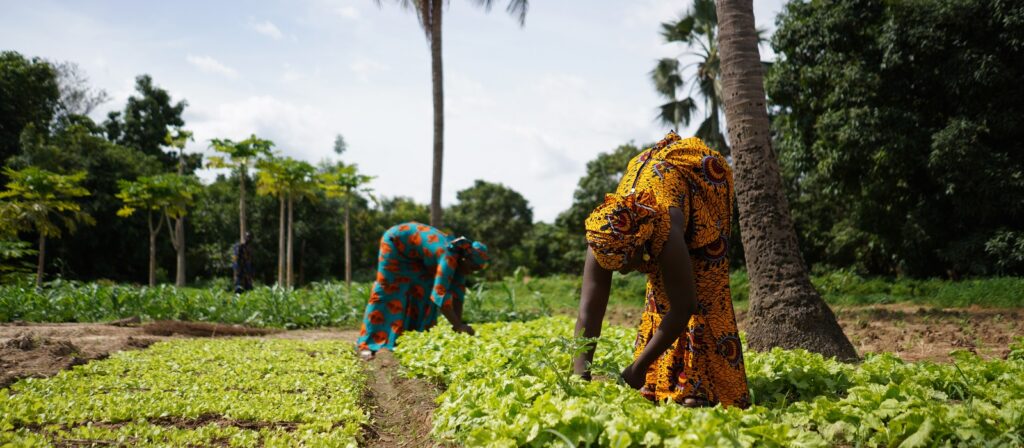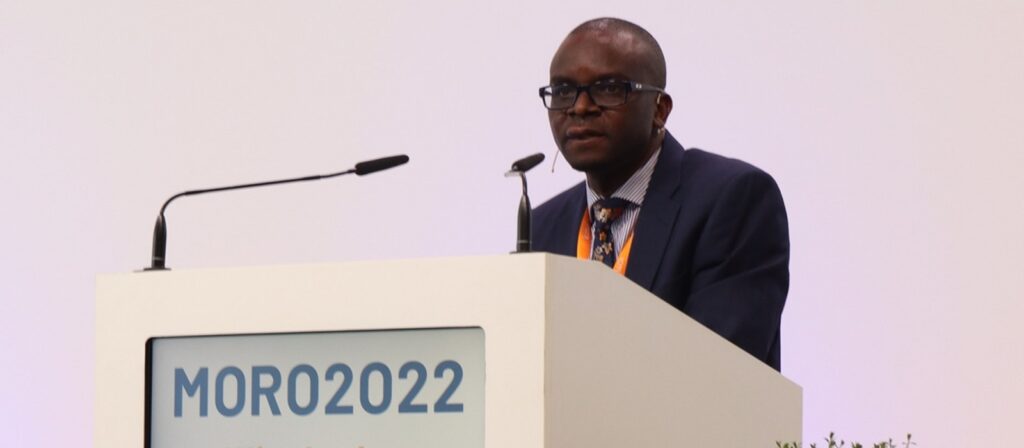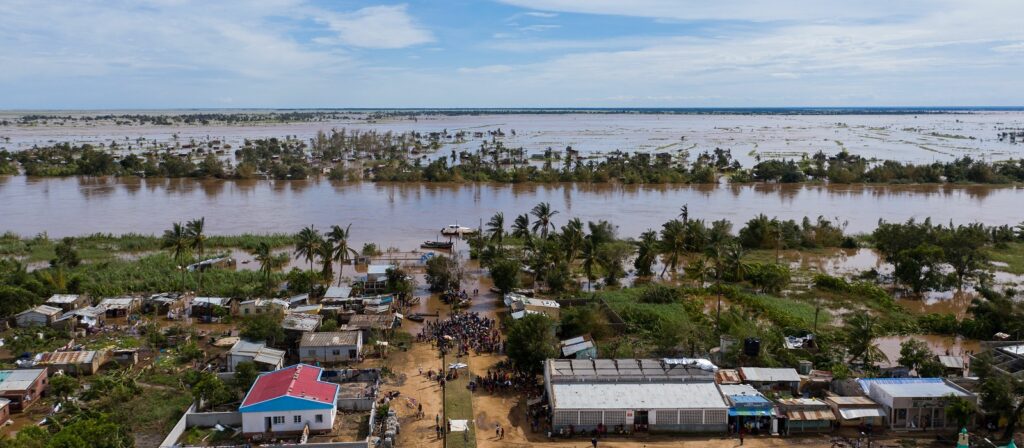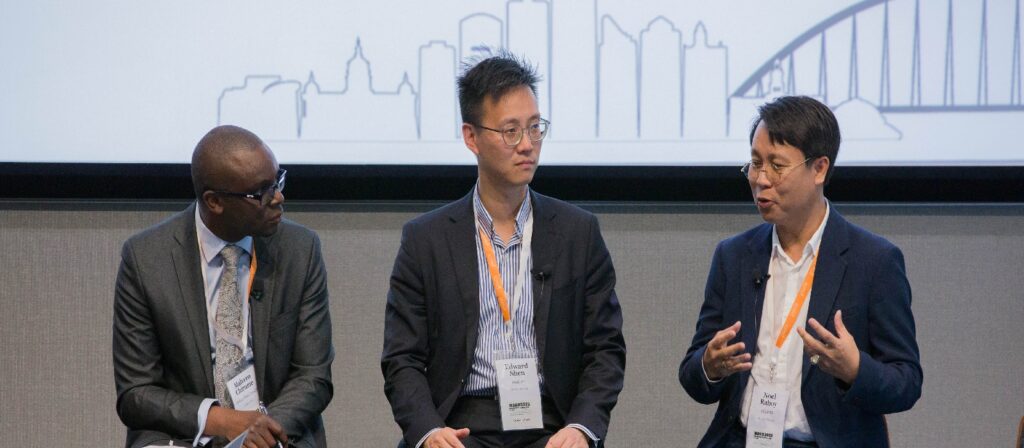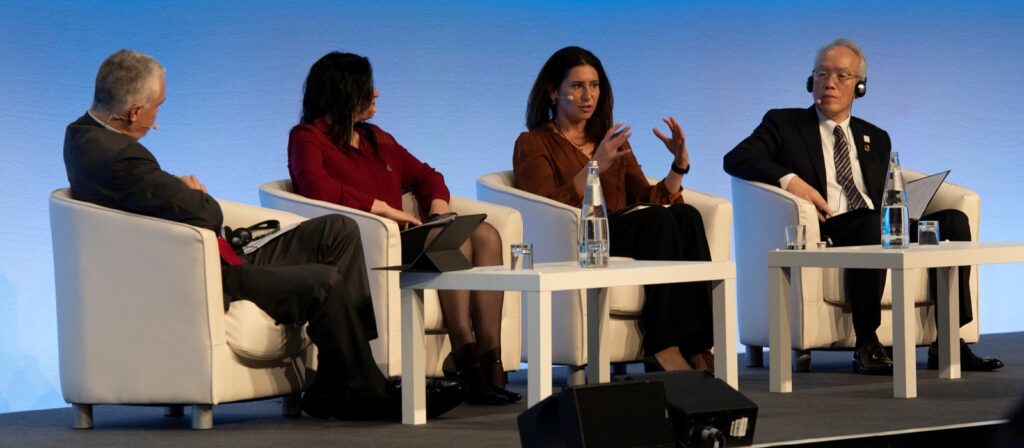In the face of increasing climate-related perils and the need for effective disaster response, organisations like African Risk Capacity (ARC) have emerged as pioneers in promoting resilience in Africa. ARC specialises in insuring climate-related risks through parametric insurance. Over the past decade, ARC has paid out USD 125 million in claims and provided over USD 1 billion in coverage, emphasising the importance of preparedness and response.
ESG has become a central focus in sustainability discussions, with increasing momentum behind its integration into various sectors. The World Economic Forum’s Global Risk Report consistently highlights climate and environmental risks as top concerns. The report reveals that extreme weather, climate action failure, and human environmental damage are pressing issues in 2022. Moreover, the interconnectedness of risks becomes evident as extreme weather events lead to involuntary migration, creating social challenges in impacted regions. In 2023, natural disasters, extreme weather, climate change mitigation failures, and migration remain prominent concerns. Additionally, the rise of cybercrime and cyber insecurity adds a technological dimension to the risk landscape. Recognising these interconnected risks is crucial for developing comprehensive resilience strategies.
To delve into resilience, the Sendai framework offers valuable insights. Resilience encompasses exposure, vulnerability, shock absorption, adaptability, recovery, preparedness, and building back better. Vulnerability is a critical differentiator, as individuals lacking access to essential services face increased challenges in bouncing back from disasters. Additionally, the ability to adapt, transform, and recover relies on agility within economic and risk management frameworks. Preparedness plays a vital role in ensuring timely and efficient recovery and restoration. To achieve resilience, collaboration among various stakeholders is necessary, extending beyond governmental responsibilities.
The protection gap refers to the disparity between economic losses caused by disasters and the amount covered by insurance. In Africa, studies show that 98% of economic losses related to climate change remain uninsured. This indicates a significant gap, leaving governments and communities vulnerable to catastrophic events. Several factors contribute to the protection gap, including mistrust between potential policyholders and insurance companies due to past claim disputes. Financial literacy, limited access to financial products, and the affordability of insurance further exacerbate the gap. Addressing these factors requires collaborative efforts to reduce vulnerabilities and promote risk management practices.
To bridge the protection gap and foster resilience, the insurance industry must embrace an inclusive role that extends beyond direct policyholders. Principles for sustainable insurance, such as raising awareness of ESG issues and working with governments, regulators, and stakeholders, can drive widespread action. Tools and services can be developed to enhance warning systems, increase financial literacy, and provide access to insurance for underserved communities. Insurance can also act as a backstop for scalable social safety nets, linking payments to specific government objectives. Engaging with regulators is crucial for creating markets and expanding insurance access. By prioritising risk management and resilience, the insurance industry can contribute significantly to closing the protection gap.
As the world faces mounting climate-related risks, promoting resilience and closing the protection gap become imperative. ARC exemplifies the potential impact of parametric insurance in addressing climate perils in Africa. Recognising the interconnectedness of risks and exposures within ecosystems is vital for effective resilience strategies. Embracing ESG considerations, collaboration, and an inclusive approach can help build a more resilient future. The insurance industry, along with governments, regulators, and stakeholders, plays a pivotal role in bridging the protection gap and fostering resilience. By prioritising risk management, enhancing financial literacy, and developing inclusive insurance solutions, we can collectively work towards closing the protection gap and building a more resilient society.
